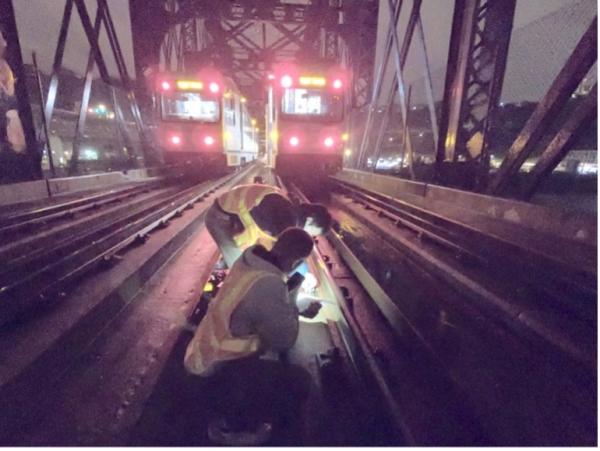Scalable Monitoring of Infrastructure through Non-dedicated Sensors
Haeyong Noh
Stanford

- Date & Time
- Location
- Online-only seminar via Microsoft Teams
- Host
- Mehmet Celebi
- Summary
With increasing urbanization, civil infrastructure plays key roles in connecting, protecting, and supporting this growing population in cities. However, the large stock of aging infrastructure poses significant challenges to the economy and public safety. Smart structures are designed to sense, understand, and respond to the structural state and the human needs, but traditional monitoring approaches using dedicated sensors often result in dense sensing systems that are difficult to install and maintain in large-scale structures. This talk introduces non-dedicated sensing approaches that utilizes vehicles and pre-existing telecommunication cables as sensors to indirectly infer infrastructure health, such as bridges and railways. Challenges lie, however, in creating robust inference models for analyzing noisy vibration response data. To this end, we created physics-guided data analytics approaches that combine statistical signal processing and machine learning with physical principles. We evaluate our system with field experiments through the collaboration with the City of San Jose.
Closed captions are typically available a few days after the seminar. To turn them on, press the ‘CC’ button on the video player. For older seminars that don’t have closed captions, please email us, and we will do our best to accommodate your request.
 Jump to Navigation
Jump to Navigation